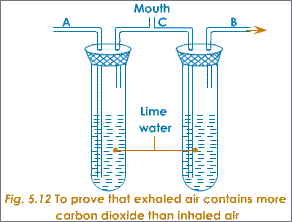An interest rate is the price or cost of borrowing money.
For example you might borrow £1,000 from a bank. However, they will not give you the money for free you will have to repay the £1,000 plus interest. AND
The reward for lending money
If you put money into a bank you will gain interest as a ‘thank you’ for lending the money.
CHANGES IN INTEREST RATES
Banks and building societies regularly change their interest rates. A change will have a major impact upon consumers, savers, borrowers, homeowners and businesses.
INTEREST RATES GO UP
| Group | Effect | Knock-on |
|
Consumers
|
Costs more to take out a loan to buy a car or a kitchen
|
Less likely to buy expensive goods
|
|
Borrowers
|
Their loan repayments may increase
|
Less money to spend on other goods
|
|
Savers
|
They get a better return on their savings.
|
More likely to save than spend
|
|
Homeowners
|
Their mortgage repayments increase
|
Less money to spend on goods and services
|
|
Businesses
|
Loans for expansion cost more
|
Less likely to expand or buy new equipment
|
INTEREST RATES GO DOWN
|
Group
|
Effect
|
Knock-on
|
|
Consumers
|
Costs less to take out a loan to buy a car or a kitchen
|
More likely to buy expensive goods
|
|
Borrowers
|
Their loan repayments may decrease
|
More money to spend on other goods
|
|
Savers
|
They get a lower return on their savings.
|
More likely to spend than save
|
|
Homeowners
|
Their mortgage repayments decrease
|
More money to spend on goods and services
|
|
Businesses
|
Loans for expansion cost less
|
More likely to expand or buy new equipment
|
n.b also be aware that a rise in interest rates also tends to cause a stronger £ and vice versa

